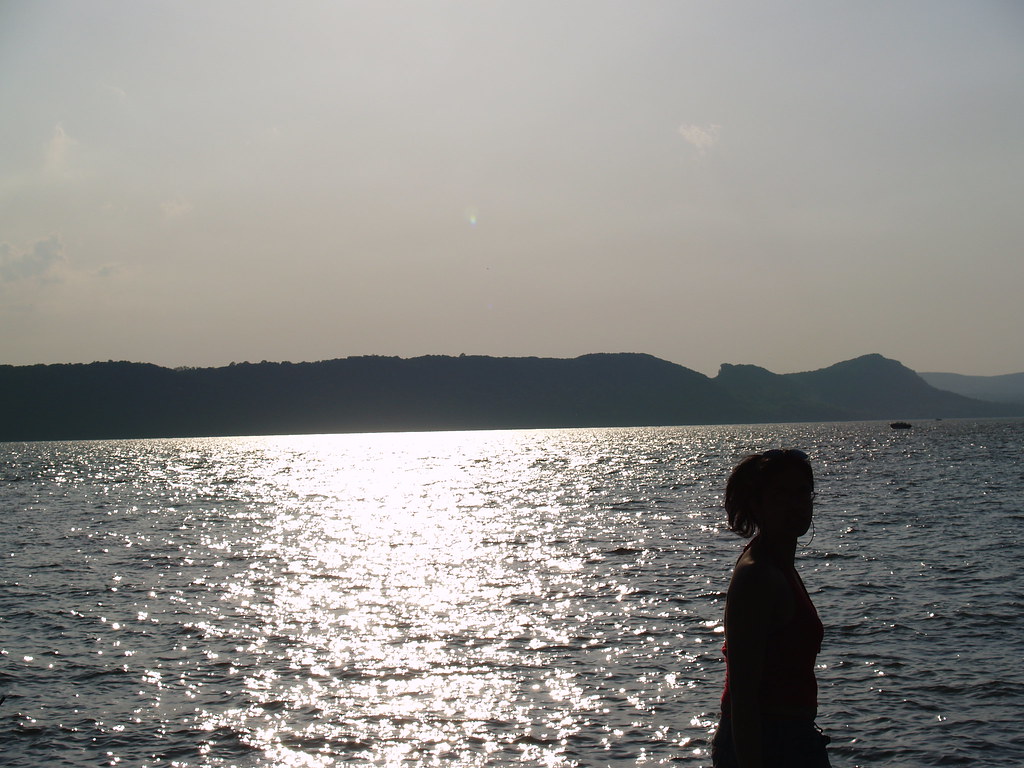After the 8888 Uprising (called so for the date: August 8, 1988) in Burma, where students and monks peacefully protested against General Ne Win's dictatorship, they were greeted by force and bullets. Then the military regime State Peace and Development Council took over and renamed the country Myanmar and its largest city Yangon (formerly Rangoon). The junta claimed that only eleven people died, whereas the Burmese said that thousands did.
And now, in this country nestled between South and Southeast Asia, one year short of a two decades later, history is repeating itself.
Because of fuel price increases in August 2007, Burmese people took to the streets and protested against the military junta. After several arrests and one instance of military intervention on September 15, the protesters were soon joined by the monks, who even took government officials hostage for several hours in protest of the increases. This was seen as a big step because they are held in high regard in Burma, a mostly-Buddhist nation. Soon, the intentions behind the protests evolved into a desire to overthrow the military junta, headed by Senior General Than Schwe, through, of course, peaceful rallies throughout Burma. One march led them to the home of Aung San Suu Kyi, a pro-democracy leader who rose during the 8888 Uprising, who was put under house arrest on and off since then.
Because of presence of the monks, the junta attempted to placidly negotiate an end to the protests. Then, on Wednesday, they had enough and chaos unleashed throughout Burma. The junta raided Buddhist temples so to fish out any suspecting monks, shooting tear gas over the streets and sidewalks, sealing monks in temples and shooting into crowds. Officially so far, 9 people have been killed, including a Japanese photographer (see video provided by Reuters). But that's only officially.
With such a tight hand on the country, the junta rarely allows foreign journalists into the country. Because of these events, this is even more so now. Despite cell phone signal internet blockages and cut-down telephone lines, the Burmese and foreigners in the country are doing their best to let the world know and see what is truly happening.
Among those include Ho Htike. London-based, Hitke receives cell phone pictures and videos and any other information from various people throughout the country, acknowledging the great risks they are taking. Then he updates his blog, letting everyone see the bullet shots, cuts, bruises and blood on the streets.
Coincidentally enough, I recently finished reading Richard Lloyd Parry's In the Time of Madness: Indonesia on the Edge of Chao, where he experienced the tumultuous and violent end beginning of Indonesia. The fall of and fights for independence from then-General and President Suharto and the Indonesian government and military sound quite familiar today and I remembered the book as I checked the news constantly.
In the late 1990s, Parry witnessed the protests and rallies, the power and force of the Indonesian police and how organized yet chaotic they enforced their ways onto the people of Indonesia by frightening those who opposed them, and if that failed, then killing them. This was done all in the name of holding power over Indonesia, whether they liked it or not.
And before Suharto took over, there was his predecessor, Sukarno, who himself took over Indonesia very slyly in the 1960s. Because of the need to industrialize and get Indonesia on the same page as those other world powers, any means were taken, even if that meant ignoring and abusing Indonesia's very people.
After the Indonesian riots, Suharto resigned in 1998, leaving the country to slowly fix itself and implement a national government.
As of now, Burma is still in turmoil and the protesters refuse to give up. Following the excellent and constantly updated coverage from the New York Time's Seth Mydans, their Southeast Asia correspondent, it is difficult to determine what exactly will happen. Will the violence continue until the junta gives up? Or will it continue until one side is defeated? Either way, there will be disastrous results, but hopefully, hopefully, the junta will be toppled and Burma will not suffer as severely as Indonesia did. But then, we don't know what really is going on there.
Video of protestors
provided by Reuters (only the first portion concerns Burma)
[It's interesting to note that the New York Times, Washington Post and BBC (my main news sources) refer to the country as Myanmar while the Associated Press uses Burma.]
Friday, September 28, 2007
Subscribe to:
Post Comments (Atom)







No comments:
Post a Comment